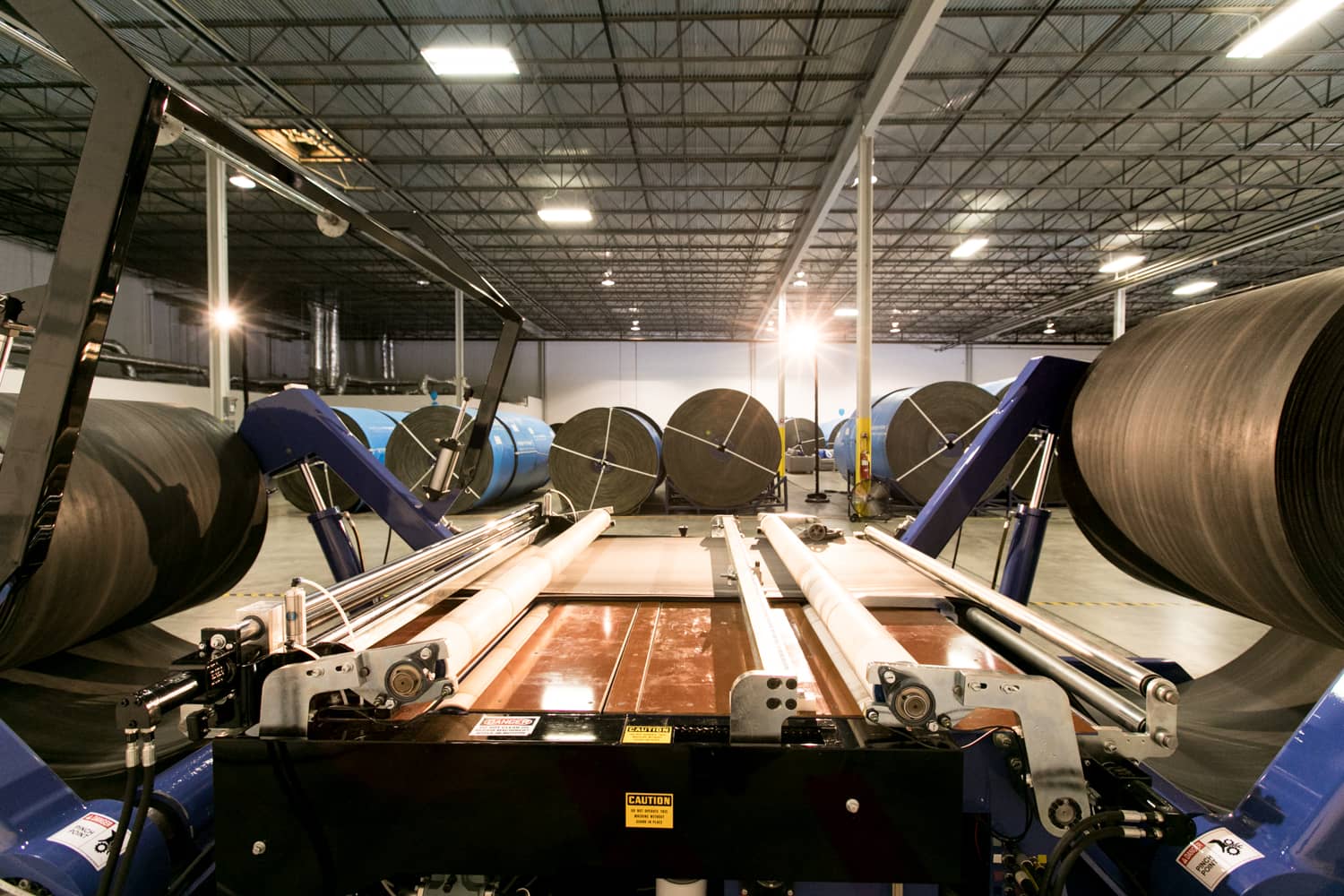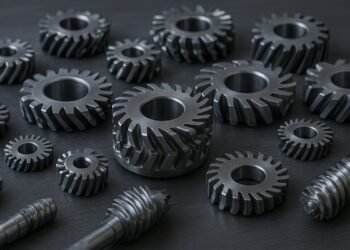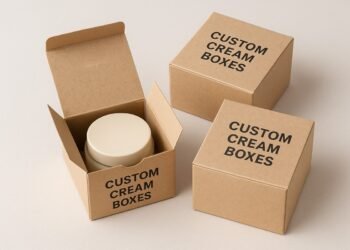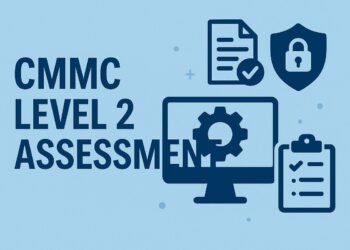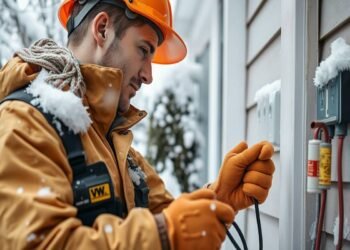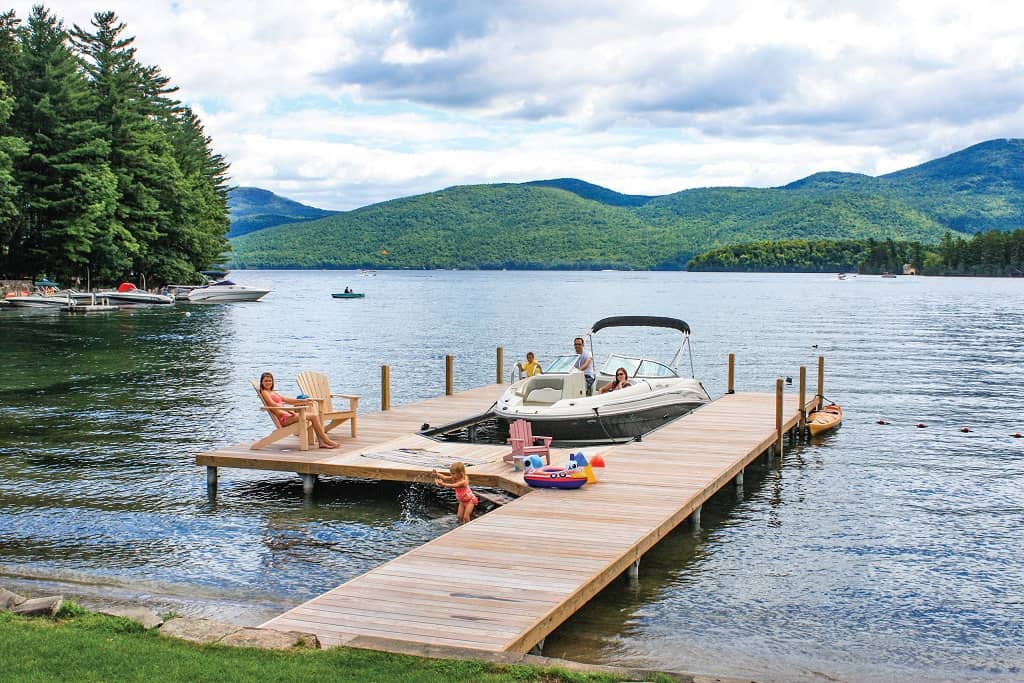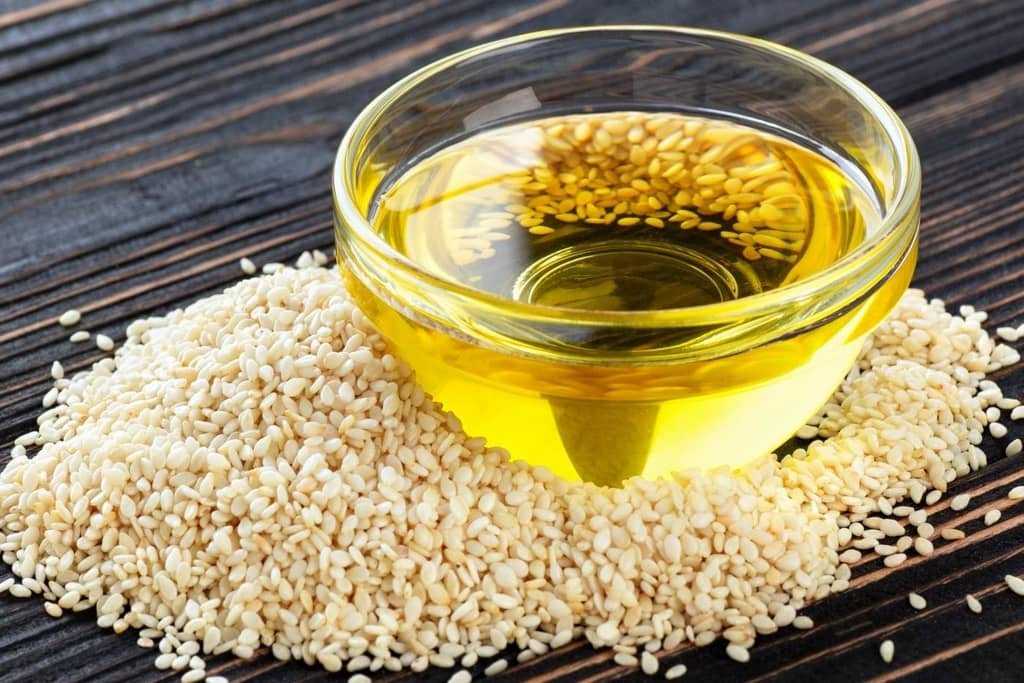Conveyor belt systems are all around us, from the supermarket checkout to ore mines. They are mostly used commercially but the entire populace benefits from them. People would be unable to receive packages because conveyors are the very heart and soul of warehouse distribution and transportation. The conveyor belt is by far the most important segment of the entire system and it should be chosen based on a company’s individual needs.
The size of the conveyor belt
The main parameter used to determine the size of the belt, including both width and length, is the size of the cargo itself. The dimensions of the rubber belt need to be bigger than the material transported. This not only ensures safety but it is a guarantee that the whole system will operate smoothly and efficiently. Once you settle on a certain dimension, it is hard to charge them because you need to replace the entire under structure of the conveyor, such as steel rolls and frames.
Selecting the right weight
Apart from the sheer size of the cargo, you should take care of its weight. In warehouses, the packages won’t be that heavy so the belt doesn’t have to be particularly robust. However, in the mining industry ore can sometimes weigh more than a ton so the belt needs to robust and able to withstand heavy loads from above.
The material the conveyor belt should be made from
Like with the dimensions and the load-bearing capacity, the material the conveyor will be made from depends on the characteristics of the cargo. Rubber is the material that most belts are made from, even in the mining industry.
However, the quality and the durability of the rubber vary significantly depending on the type of material that is being conveyed. The belt needs to be solid enough so it doesn’t break under the tension nor should it be lacerated by the cargo.
The shape of the conveyor belt
Apart from the ability to transport heavy loads, the belt should account for the shape of these loads. Namely, conveyor belt systems used in the mining industry transport ore of all shapes and sizes. It is often the case that individual rocks are either positioned too high or protruding from the belt, which causes the entire structure to tip over. In such instances, a flat belt is inadequate and rubber belts with an inward incline are used to secure the load.
Calculating the operating tension
The final factor that determines the type of belt you need for your conveyor is the operation tension. The tension the belt is under provide longitudinal strength that is responsible for actually moving the load. Furthermore, it needs to withstand potential torque from the whole system to start up.
Belt tension is calculated using a rather simple formula expressed in kilograms or pounds per inch of width. The manufacturer usually specifies the correct and safe tension level of the conveyor and you should really stick to these values.
There is also the maximum allowed tension (around the belt’s 150% capacity) that mustn’t be exceeded regardless of the situation. Be aware that this tension will drop over time so you’ll have to include operating tension inspection in the regular maintenance procedure.
Protective railing
One of the biggest upsides of conveyors, unlike the horse-driven pulleys from the past, is the fact that they only have to be overseen and not really operated. Such automation eases the distribution process but it is far from flawless.
Since a conveyor system is centred on efficiency, it is often unsafe for workers to be around conveyor belts. That is why they need to have protection in the form of railings and walkways. The former performs the additional function of stopping packages from falling directly onto the floor.
Inclines and declines
The strength of the motor that powers the conveyor belt system mostly depends on the incline of the conveyor itself. In order for the cargo to flow smoothly, most owners prefer to have their conveyors 100% flat but this is not possible in all industries. For instance, it is not uncommon to see steep incline conveyors in the coal mining industry that are set at a 90 degrees angle.
When it comes to transporting ore, it is impossible to have a conveyor belt without an incline or a decline. When the belt moves upwards or downwards, there is a high chance that the product sitting on it can shift or even slip. This is where the aforementioned railings play a big role, as well as the existence of an emergency stop button.
Adding a conveyor cover
Most of the types of conveyor belts we have listed thus far are open. Warehouse conveyors don’t require overhead protection as they are housed indoors and covers don’t play a big role for industrial-sized conveyors that sit in the open.
However, it is important that a conveyor has a cover when it is operated in harsh climates. Ice, snow, frost, strong sunlight, and even dust can all tamper with the machine so extra protection couldn’t harm. Conveyor belt covers are usually made from durable materials but they still allow easy access for regular and emergency maintenance, as well as overseeing the conveyor’s operations.
As you have seen from our examples, there are numerous factors when it comes to selecting the right type of conveyor belt for your business. However, you should primarily take care of safety. It is achieved by choosing a conveyor of the right size, weight, protective features, and the material of the belt.
Bio: Patrick Adams is a freelance writer and rock-blues fan. Besides writing about conveyors, he works as a consultant for Belle Banne, the manufacturer of the best conveyor belt systems in Sydney. He also loves to play chess, watch basketball, and play his guitar.
Don’t Miss Related Stories
- How To Choose The Best Personal Injury Lawyer
- How To Celebrate 60th Birthday of Father
- How To Find Best Moving Services Near You
- How to Improve a Property’s Curb Appeal
- How To Make Road Trip Interesting
